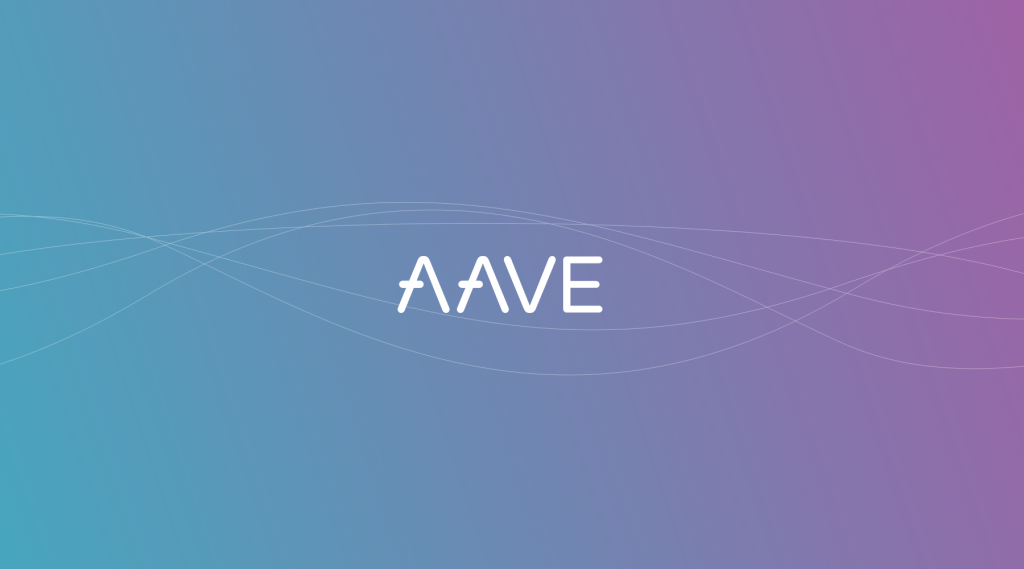The fastest quantum computers today can process data in 200 seconds that would take the fastest supercomputers of today 10,000 years. Although the world would greatly benefit from this technology, quantum computing poses a serious threat to Bitcoin and blockchain security.
Algorithms backing blockchains like Bitcoin today, such as SHA-256 or RSA, which are the backbone of traditional finance, can be broken with enough computational power from quantum computers. In this article, we debunk some of the popular myths that quantum computing will break consensus or pose an existential threat to blockchains. We delve into the most vulnerable aspect of our interaction with blockchains today: decentralized wallets. A quantum computer could potentially decipher private keys from public keys, given significant time and resources. We’ll discuss how the industry is taking a pragmatic approach to mitigate these issues and what we can do to stay vigilant. For starters, keep your public and private keys confidential, just like any other sensitive information. For more, read on.
What is Quantum Computing
Quantum computing represents a revolutionary paradigm in information processing, harnessing the principles of quantum mechanics. Unlike classical computers, which use bits as the basic unit of data (either 0 or 1), quantum computers employ qubits. A qubit, or “quantum bit,” is the fundamental unit of quantum information in quantum computing systems. Qubits can exist simultaneously in multiple states through the principles of superposition and entanglement, allowing quantum computers to perform complex calculations at unprecedented speeds.
The foundational motive behind quantum computers is to resolve the world’s most perplexing problems, including those in cryptography, material science, and complex system simulations. It’s like checking every path in a maze at once, while a regular computer checks them one by one. However, malicious entities could also leverage their immense computational power to disrupt secure systems, such as those in public blockchains and cryptocurrency networks.
Blockchain Technology
Blockchain technology is a decentralized ledger system that employs cryptographic techniques to ensure the integrity, immutability, and security of data. Blockchains are the backbone of cryptocurrencies like Bitcoin and Ethereum, where they facilitate secure and transparent transactions without the need for a central authority.
Blockchains consist of a chain of blocks, each containing a list of transactions. The consensus mechanism, such as Proof of Work (PoW) or Proof of Stake (PoS), ensures that all nodes in the network agree on the state of the ledger. The cryptographic hash functions, like SHA-256 used in Bitcoin, provide the security necessary to protect the network from tampering.
Cryptocurrency wallets on the blockchain do not store the actual cryptocurrency. Instead, they hold the cryptographic keys that allow users to interact with the blockchain. Each wallet has a public key (akin to an email address) and a private key (like a password). The public key allows others to send funds to the wallet, while the private key is used to sign transactions, proving ownership of the funds.
Quantum Computing and Blockchain Security
The advent of quantum computing necessitates an examination of its potential impact on blockchain security. Blockchains like Bitcoin and Ethereum rely on cryptographic algorithms such as SHA-256 and the Elliptic Curve Digital Signature Algorithm (ECDSA). While these algorithms are secure against classical computers, quantum computers could pose a significant threat.
Quantum computers have the potential to solve complex mathematical problems much faster than classical computers. For instance, Shor’s algorithm allows quantum computers to factor large numbers efficiently, threatening RSA encryption (backbone of banking industry today) and ECDSA. Similarly, Grover’s algorithm provides a quadratic speedup for unstructured search problems, potentially undermining the security of hash functions like SHA-256. The following are some threat angles that quantum computers could pose to Bitcoin and other blockchains.
Consensus Mechanisms
The current fastest quantum computer, with around 1,200 qubits, cannot yet break SHA-256 or override consensus mechanisms like those used in Bitcoin and Ethereum. Estimates suggest that a quantum computer would need about 1 million qubits to break SHA-256 and around 1 billion qubits to perform a 51% attack on a blockchain network. Thus, consensus mechanisms remain secure in the foreseeable future.
Transit Attacks
A more immediate threat could be transit attacks, where a quantum computer hijacks control of transactions within the block time. For blockchains like Bitcoin the block time is 600 seconds and 15 seconds for Ethereum. Newer blockchains like Solana boast faster block finality times of around 400 milliseconds, making them slightly more resistant to such attacks. However, this type of attack requires immense quantum computational power, making it currently impractical.
Wallet Security
The more critical vulnerability lies in the security of cryptocurrency wallets. Quantum computers, by processing Shor’s algorithm or Grover’s algorithm, could potentially decipher private keys from public keys. This would compromise the security of wallets, especially those with static addresses or dormant accounts. Currently, quantum computers are not powerful enough to threaten the security of wallets
Dormant Accounts
Dormant accounts, or those with lost keys or coins unmoved for years, pose a particular risk. As quantum computers advance, the potential for these accounts to be targeted increases, necessitating the development of quantum-resistant cryptographic solutions. Ways to mitigate the advancement of quantum computing and its impact on crypto wallets are an opt-in feature. Dormant wallets or those with lost keys will likely be the first targeted, as they may not be able to be upgraded or keep up with the new technology.
Updating Cryptographic Algorithms
To protect blockchain networks from quantum threats, the blockchain community must consider transitioning to post-quantum cryptographic algorithms that remain secure against quantum attacks. Some promising approaches include:
- Lattice-based Cryptography: Incorporates mathematical noise into encryption, confounding quantum computers.
- Code-based Cryptography: Uses error-correcting codes to secure data, providing resistance to quantum attacks.
- Hash-based Cryptography: Employs hash functions in ways that are believed to be secure against quantum algorithms.
- Multivariate Polynomial Cryptography: Involves complex polynomial equations, difficult for quantum computers to solve.
Community awareness
While the potential impact of quantum computing on blockchain security remains a concern, the community can take proactive steps to mitigate these risks. Here’s how users can contribute to a quantum-resistant future:
- Prioritize Quantum-Resistant Wallets: Smart contract wallets, with their inherent security features, are a strong choice. Understanding their functionalities and leveraging professional security services can further enhance wallet protection.
- Maintain Public Key Security: Treat your public key with the same discretion as you would any other sensitive information. Avoid sharing it widely or on social media platforms.
- Embrace Quantum-Resistant Upgrades: As advancements are made, transitioning to wallets and protocols that incorporate post-quantum cryptography will be crucial. These upgrades may be opt-in, so staying informed about their availability and actively participating in their implementation is vital.
The proactive development of quantum-resistant solutions by the blockchain community offers a positive outlook. Fears surrounding 51% attacks should be avoided by the inherent adaptability of open-source blockchains. These networks can be upgraded to maintain security as technology progresses. Even in the event of malicious actors, solutions like hard forks, proposed by figures like Vitalik Buterin, are being explored, though they warrant careful consideration.
Conclusion: immediate quantum threat to Bitcoin is low
Quantum computing presents both opportunities and challenges for blockchain technology. While the immediate threat to blockchain consensus mechanisms remains low due to the current state of quantum computing, the potential long-term risks to wallet security and transaction integrity are significant. The blockchain community must proactively address these risks by developing and implementing post-quantum cryptographic solutions to ensure the continued security and integrity of blockchain networks in a quantum computing era.







